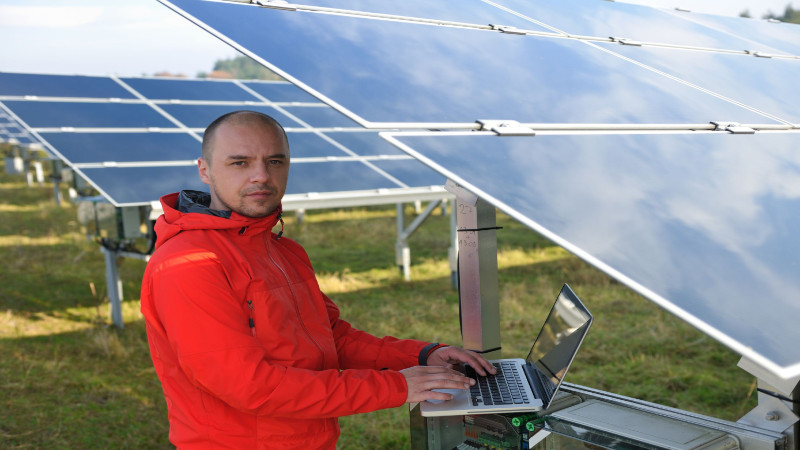The rise of renewable technology, including the sun and wind, demands a stable integration into residential electricity grids. Residents need a comprehensive system that can provide energy, even in periods of instability. The solar-plus-storage system is the ideal way to fulfill these demands. This system serves as an efficient solution that can take power management to the next level.
What Does a Solar-Plus-Storage System Include?
The solar-plus-storage system comprises a battery paired with the inverter, PV system, and solar panels. Solar systems can generate energy from its renewable source by itself. Adopting a solar photovoltaic (PV) technology can also reduce the overall electricity costs and decrease reliance on your provider. However, a solar battery is integral to maximizing your system’s capacity during outages.
The conjunction of the solar system and battery can also store the excess power generated on hot, sunny days.There are inevitable moments when your grid or even your panels are malfunctioning. For this reason, it essential to obtain back-up power through solar-plus-storage. Ultimately, solar-plus-storage promotes practicality, resiliency, and sustainability that extends beyond the benefits of going solar.
How Does Solar-Plus-Storage Specifically Impact New Jersey Residents?
As mentioned above, solar-plus-storage becomes essential to ensure electricity security. The solar battery serves as a back-up generator to power your home in case of outages. Your battery has a back-up gate that isolates your grid to charge power to its connected circuits immediately. This charge provides enough energy security until you take up all the energy stored.
inThe average monthly electricity bill among New Jersey residents is $102.38. This rate is only getting higher in years to come making it imperative to incorporate a solar system in homes. Implementing the whole package can even provide a more significant impact on them, providing greater savings.
Additionally, the excess energy that the solar panels produce can be up for net metering. You can earn this credit as soon as the battery is full and solar generation is still going. Net metering is the credit you acquire for every kilowatt-hour of solar energy sent back to the grid. With net metering, the electric meter spins towards electricity flow from the utility into the home. It then turns backward when power flows from your home back to the provider. Therefore, the excess energy can be “netted” and reimbursed on an annual basis.
For more information, please go to Business Name.


